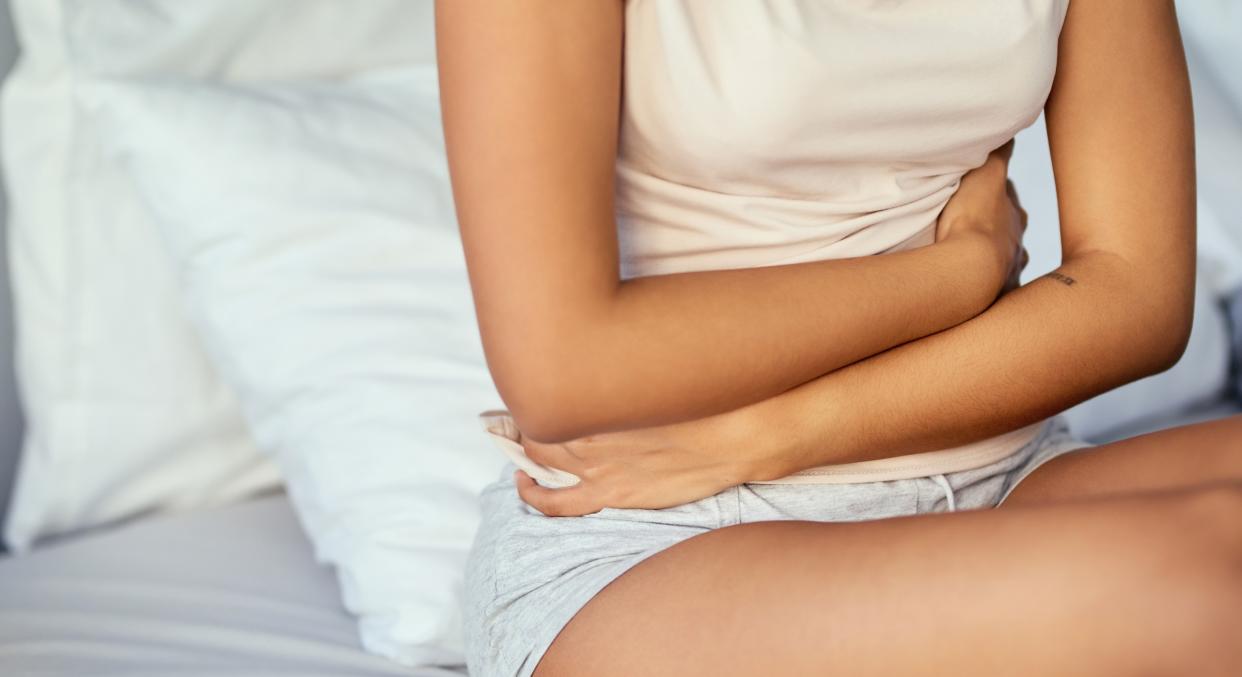1 in 10 teenage girls have endometriosis – but they have to wait years before diagnosis

It is known that around one in 10 women suffer from endometriosis, making it the second most common gynaecological condition in the UK.
However, a study has suggested that just as many teenage girls are affected by it too – but have to wait years before they are diagnosed.
The research, published in the Journal of Adolescent and Pediatric Gynaecology, suggests that it’s incorrect to assume the womb condition is rarer in adolescents.
Many young suffers are told that the discomfort – caused by the womb lining growing in other places, like the ovaries – is period pain or, sometimes, even fabricated by them.
Read more: Halsey discusses pain of miscarriage, says the experience made her feel 'inadequate'
Dr Rima Dhillon-Smith, who was co-lead author of the study, told The Sunday Times that she believed the findings would trigger “change” in how GPs “manage” endometriosis.
Currently, it takes an average of 7.5 years to be diagnosed in the UK.
While there is no cure, the debilitating symptoms – including pain in the lower tummy or back – can be relieved.
To come to their new estimate, scientists at the University of Birmingham and University College London reviewed 231 global studies to evaluate the incidence of the condition in teenage girls.
Read more: Signs and symptoms of endometriosis, the condition Alexa Chung and Lena Dunham suffer from
They found that of just over 1,000 female adolescents displaying symptoms, 64 per cent had endometriosis.
Dr Martin Hirsch, another co-lead author, noted that many sufferers are typically prescribed painkillers rather than being referred to specialist services.
While the condition does not cause infertility, there has been an association with a struggle to get pregnant.
Well-known women who suffer include Alexa Chung, Halsey, Lena Dunham and Emma Barnett.
Read more: 7 things your period could be trying to tell you about your health
"Endometriosis is a condition which affects women usually around the age of 30 to 40,” explained Dr Diana Gall, from Doctor-4-U, to Yahoo Style UK.
“The uterus is lined with tissue known as endometrium, but in some women this tissue grows outside of the uterus on the ovaries and fallopian tubes causing painful symptoms which are sometimes chronic.
“When a woman menstruates, this lining breaks down and is discarded through a bleed, but if this tissue is on the outside of the womb there is nowhere to release the bleed.”
According to the NHS, the symptoms can vary. Some women are badly affected, while others might not have any noticeable issues.
Read more: Endometriosis risk is doubled in women who regularly eat red meat, new study reveals
For women who do experience symptoms, the main sign is likely extreme period pain in the lower tummy or back (pelvic pain.) Periods are also likely to be very heavy.
“Due to the location of the condition, symptoms may feel similar to that of menstrual cramps, however, this type of pelvic pain is usually more intense with endometriosis and doesn't just occur during periods,” Dr Gall said.
“A woman who has developed endometriosis may be experiencing more painful and heavier periods that may be accompanied with nausea, fatigue and changes in bowel movements.
“It's also common to have pain during and after sex.”


